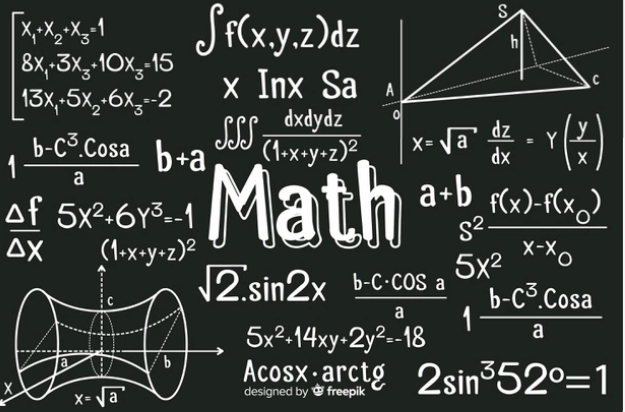Linear algebra is a branch of mathematics that allows people to work with vectors and matrices. So what is the point of linear algebra? The most important use of linear algebra is in solving problems that would otherwise take a lot more time or even be impossible to solve without it.
What is Linear Algebra?
Linear algebra is the study of mathematical problems that can be best explained in terms of linear equations. Linear algebra is a powerful tool for solving mathematical problems, and it has applications in many different fields, including physics, engineering, and economics.
Despite its name, is linear algebra hard to understand. In fact, it is relatively easy to learn and use. The key to understanding linear algebra is to first understand what linear equations are and how they work. Once you understand the basics of linear equations, you will be able to see how linear algebra can be used to solve mathematical problems.
The Basics of Linear Algebra
Linear algebra is the study of mathematical problems that can be best explained in terms of linear equations. Linear algebra is a powerful tool for solving mathematical problems, and it is a critical component of many disciplines, including physics, engineering, and computer science.
One of the most important concepts in linear algebra is the concept of a vector. A vector is a quantity that has both magnitude and direction. Vectors can be added together to produce new vectors, and they can be multiplied by scalars to produce new vectors.
Another important concept in linear algebra is the concept of a matrix. A matrix is an array of numbers that can be used to represent a system of linear equations. Matrices can be added together and multiplied by scalars to produce new matrices.
Linear algebra is a critical tool for solving mathematical problems, and it is a vital component of many disciplines, including physics, engineering, and computer science.
How to Solve Linear Algebra Problems
Linear algebra is the study of mathematical problems that can be best explained in terms of linear equations. Linear algebra is a powerful tool for solving mathematical problems, but it can be difficult to understand.
Here are some tips for solving linear algebra problems:
1) Read the problem carefully and identify the unknowns.
2) Write down the equation or system of equations that represents the problem.
3) Use elimination or substitution to solve the equations.
4) Check your solution by plugging it back into the original equation.
Linear Algebra and Computers
Linear algebra is the mathematics of lines and planes. It’s a toolkit for solving mathematical problems, and it’s also the foundation for much of computer science.
You don’t need to be a genius to understand Distance Calculus. In fact, it’s not difficult at all – once you know how to approach it. This article will show you how to make sense of linear algebra, so you can start using it in your own work.
Here are the key things you need to know about linear algebra:
- Linear equations describe straight lines. You can use them to solve problems like finding the slope of a line, or the equation of a line that passes through two points.
- Matrices are arrays of numbers. They’re used to represent data in many applications, from financial models to video games.
- Vectors are used to describe quantities that have both magnitude and direction. You can use them to model things like velocity or force.
- Linear transformations are ways of changing one vector into another vector. They’re used in graphics processing and machine learning, among other things.
Once you understand these concepts, you’ll be able to work with linear algebra in any context – whether you’re solving problems by hand, or writing code for a computer program.
Conclusion
Linear algebra is a critical tool for understanding mathematics and physics, but it can be difficult to wrap your head around. I hope this article has given you a little bit of insight into how to make sense of linear algebra and why it is worth learning. With a little effort, you will be able to see the beauty and power in this fundamental branch of mathematics.
Read more on Googdesk.com

